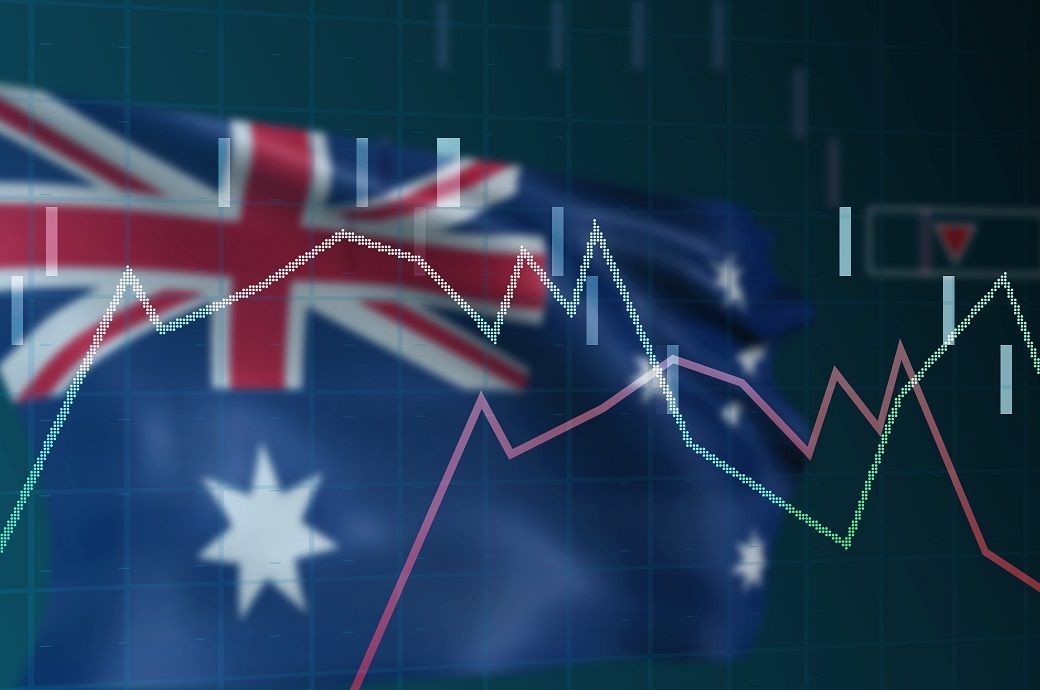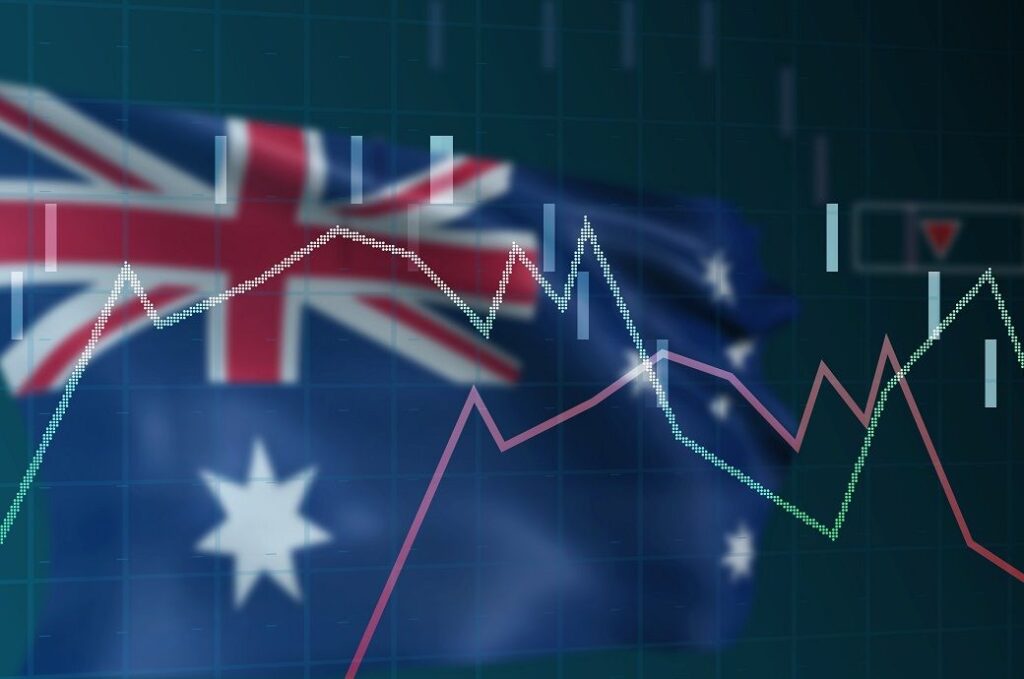
Confidence dipped slightly in March, remaining in negative territory, according to a survey by NAB. Most survey indicators were broadly steady, with forward orders and capital expenditure (capex) both improving by 1 point.
Notably, capacity utilisation rose from 82.0 per cent to 82.9 per cent, indicating a stronger use of existing resources despite lingering uncertainty in the business outlook. This was driven by increases in utilisation in the goods production industries (mining, transport and utilities, construction and manufacturing) while capacity utilisation was steady in consumer facing and services industries.
Australia’s business conditions remained slightly below average in March, with steady overall indicators.
Profitability rose modestly, offset by weaker trading and employment.
Confidence dipped further into negative territory.
Capacity utilisation climbed to 82.9 per cent, led by goods-producing sectors.
The survey predates US tariff announcements, which may impact future sentiment.
Price pressures were stable in March, with slight easing in labour costs and retail prices. Overall, the survey suggests that businesses remain cautious about the outlook with confidence remaining negative but overall conditions holding largely steady. The survey was taken prior to the significant shift in US trade policy announced in early April, and as such, does not reflect firms’ perceptions of the outlook post tariff announcements.
“Business conditions were largely unchanged in March. By industry, conditions improved in all industries except construction, retail and recreation and personal services,” said Sally Auld, chief economist at NAB. “Business conditions remain a little below average. In trend terms, conditions remain strongest in the services sector and weakest in manufacturing and retail.”
Business confidence eased slightly. By industry, confidence was mixed with a notable improvement in mining and declines across finance, property and business services, manufacturing, wholesale and construction.
Purchase cost growth was steady at 1.4 per cent in quarterly equivalent terms, while labour cost growth eased slightly. Final product price growth was also steady at 0.5 per cent in quarterly equivalent terms.
Forward orders and capex both rose by 1 point. Capacity utilisation moved higher, rising from 82.0 per cent to 82.9 per cent. This is the highest monthly rate since September 2024. The increase was driven by goods production industries, while consumer and services industries were stable.
“Confidence remains in negative territory and well below the long-run average. This was before the reciprocal tariff announcements in early April, which may flow through to forward looking measures in the next survey,” added Auld.
“The uptick in capacity utilisation was the exception to an otherwise steady survey read. Businesses continue to report higher than average utilisation as activity remains robust in level terms even if growth has been slow. Businesses remain cautious about the outlook, with confidence and conditions both below average. We will be looking to see how recent tariff announcements flow through to business sentiment in upcoming surveys,” said Auld.
Fibre2Fashion News Desk (SG)

